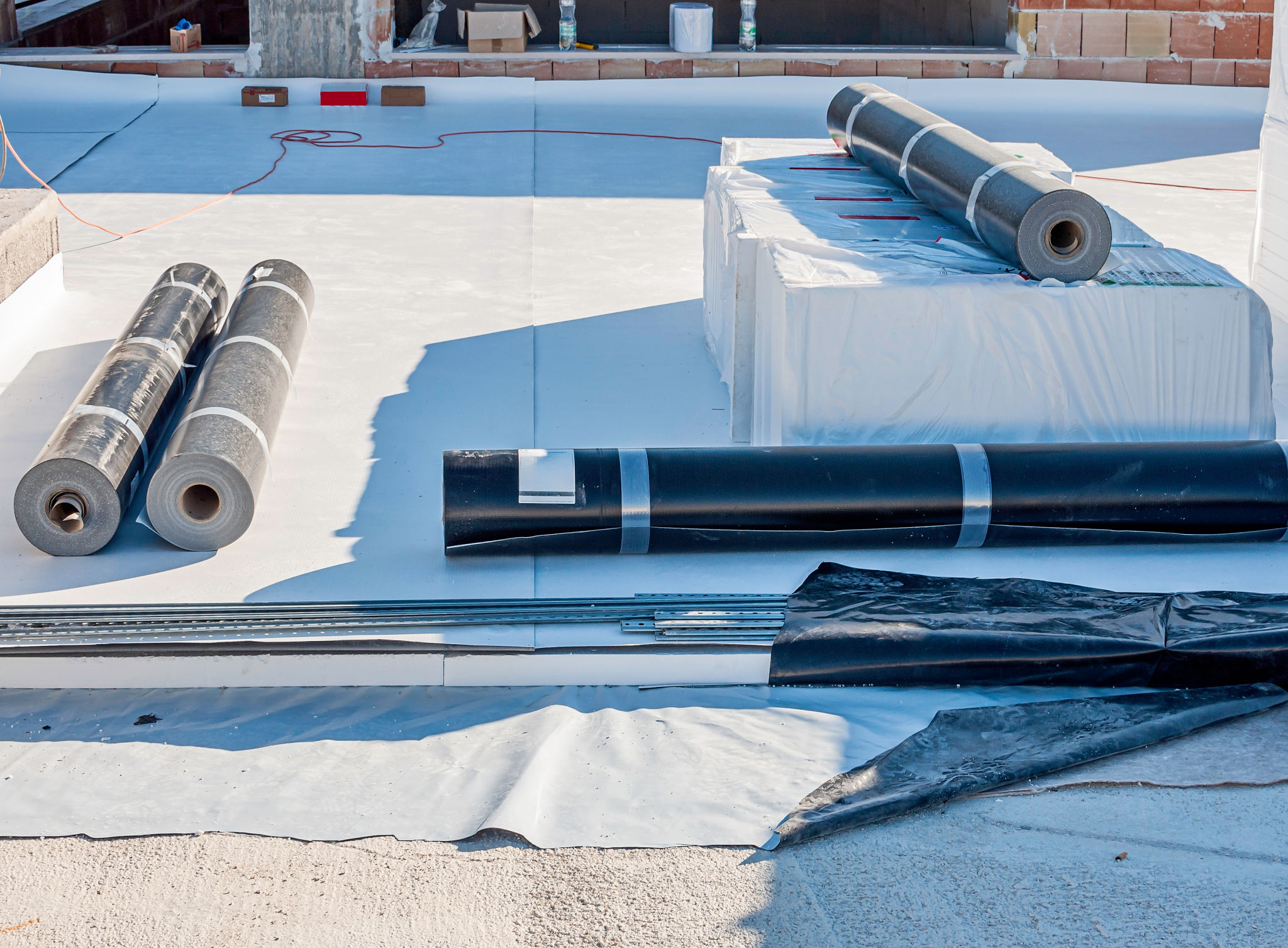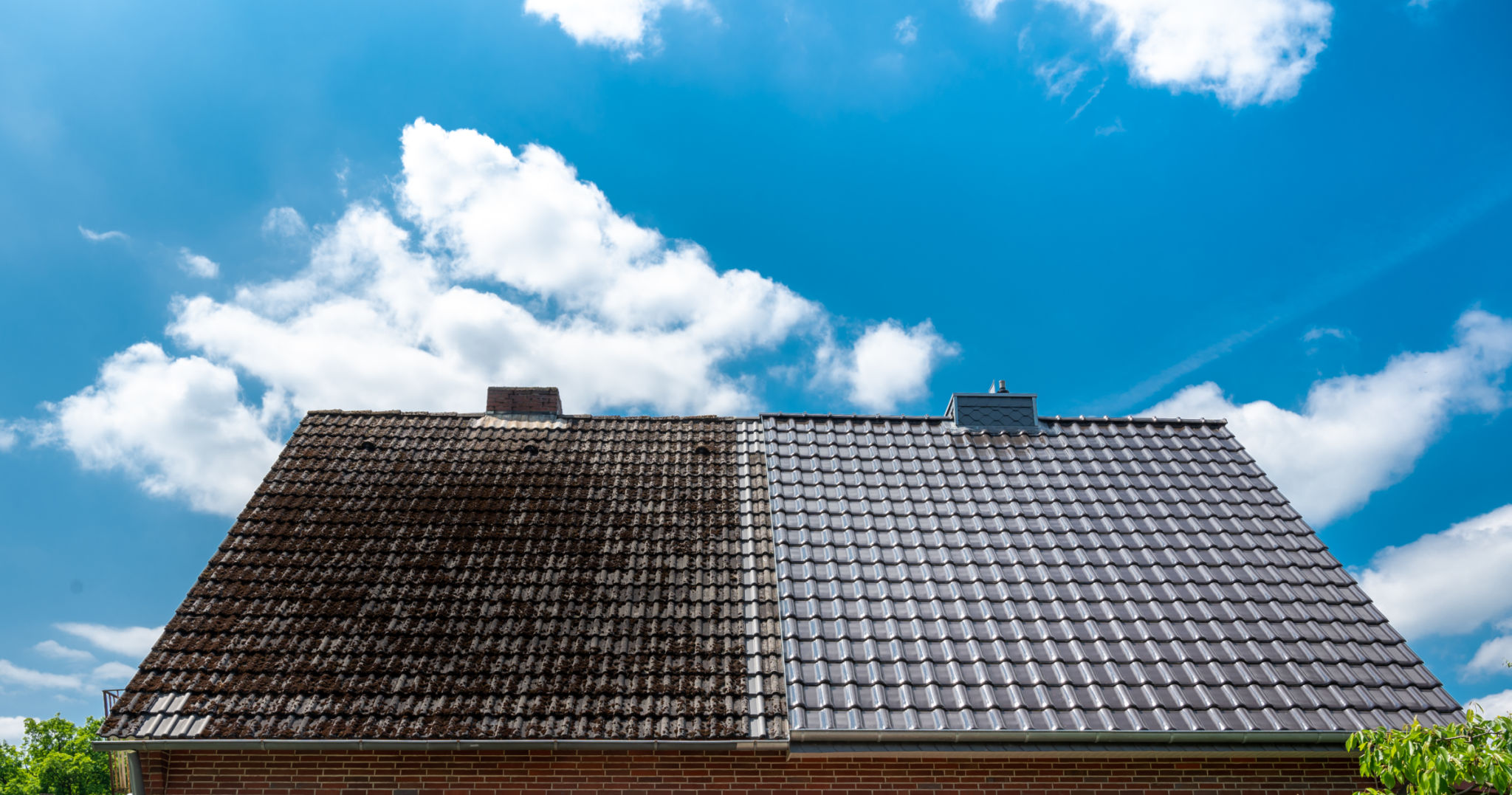Common Roofing Misconceptions: What Every Homeowner Should Know
Understanding Roofing Materials
One of the most common misconceptions about roofing is that all materials are the same. In reality, roofing materials vary significantly in terms of durability, cost, and suitability for different climates. Homeowners often assume that the most expensive option is the best, but this isn't always true. It's essential to choose materials that fit your specific needs and budget.

The Myth of Maintenance-Free Roofs
Another widespread belief is that roofs are completely maintenance-free. While modern roofing materials are designed to be durable, they still require regular inspections and maintenance to ensure longevity. Ignoring minor issues like missing shingles or small leaks can lead to more significant problems down the line. Regular maintenance can help avoid costly repairs.
Roof Lifespan Misunderstandings
Many homeowners believe that a new roof will last forever. The truth is, every roof has a finite lifespan, influenced by factors such as material quality, weather conditions, and maintenance practices. For example, asphalt shingles typically last 20 to 30 years, while metal roofs can last up to 50 years or more. Understanding these timelines can help you plan for future replacements.

All Roof Leaks Are Obvious
There's a common misconception that roof leaks are always easy to spot. In reality, leaks can be subtle and may go unnoticed until significant damage has occurred. Water stains on ceilings or walls might indicate a leak, but not all leaks present visible signs immediately. Regular inspections by a professional can help detect hidden issues early.
The Role of Insulation and Ventilation
Insulation and ventilation are often overlooked aspects of roofing. Many homeowners mistakenly believe these elements are unrelated to their roof's performance. Proper insulation helps maintain indoor temperatures, while adequate ventilation prevents moisture buildup that can damage the roofing structure. Both are crucial for maximizing the efficiency and lifespan of your roof.

DIY Roofing: A Risky Endeavor
With the rise of DIY enthusiasm, some homeowners are tempted to undertake roofing projects themselves. However, roofing is a complex task that requires specific skills and safety measures. Attempting DIY roofing without proper knowledge can lead to injuries or subpar results. Hiring a professional roofer is usually the safer and more effective option.
Storm Damage Misconceptions
Many people assume that storms only cause visible damage to roofs, such as missing shingles or dents. However, even if your roof appears intact after a storm, there may be underlying issues. High winds and heavy rain can weaken the structure over time. Having a professional assess your roof after severe weather events is always a wise decision.

Flat Roofs Are Always Problematic
Flat roofs often have a reputation for being problematic, particularly in areas with heavy rainfall or snow. While they do require specific care, modern flat roofing systems are designed to handle various weather conditions effectively. With proper installation and maintenance, flat roofs can be just as reliable as pitched roofs.
Conclusion
Understanding these common roofing misconceptions can help homeowners make informed decisions about their roof's care and maintenance. By debunking these myths, you can ensure your roof remains in excellent condition for years to come. Always consult with roofing professionals for advice tailored to your specific needs and conditions.